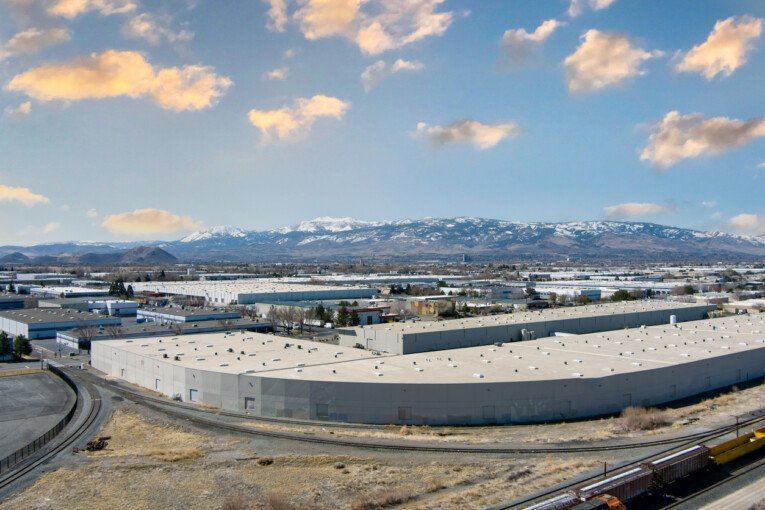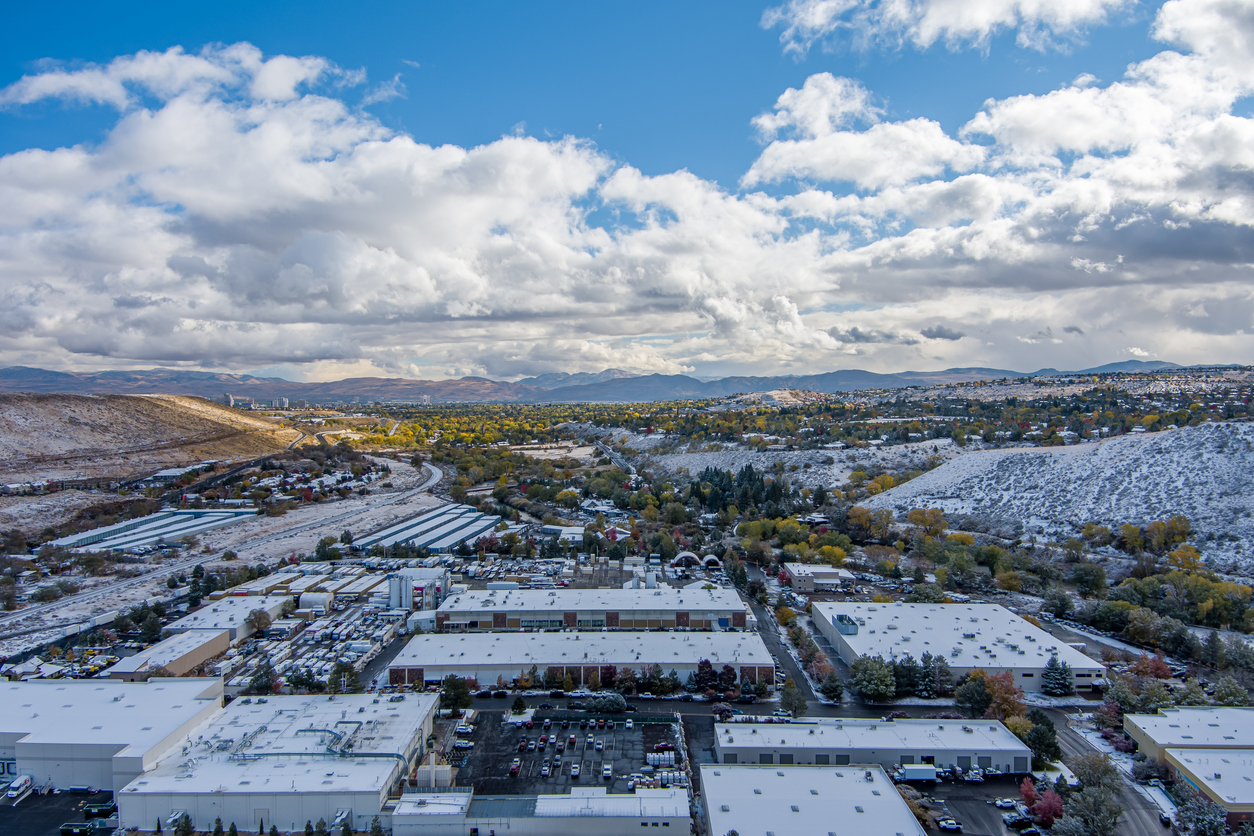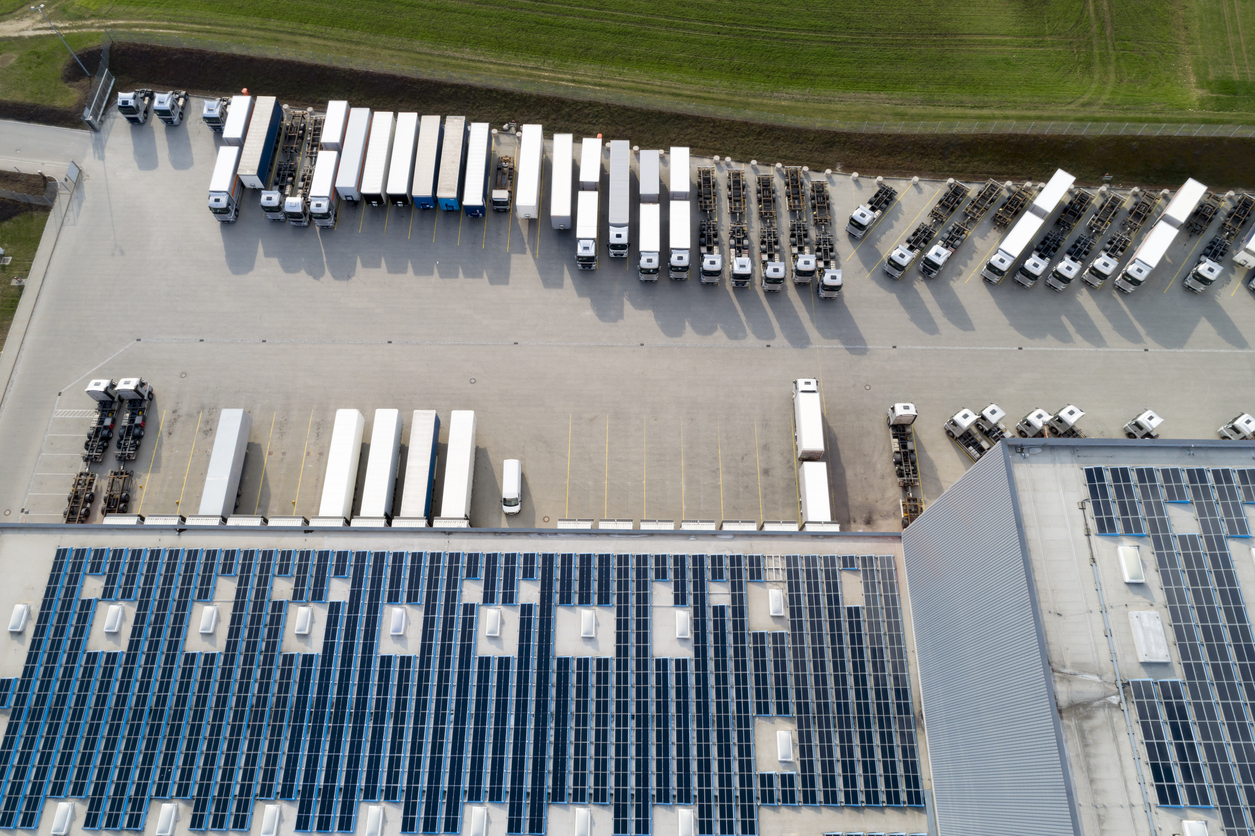Why Reno, Nevada is the Premier Distribution Hub in the Western US
Reno, Nevada, evokes images of large casinos nestled in the foothills of the Sierra Nevada Mountains. Located just north of Lake Tahoe, it serves as a mecca for those looking to ski Squaw Valley slopes and functions as a thriving distribution hub. Water-sport enthusiasts enjoy the Lake’s 190 square miles of pristine water.
While gambling and tourism still play a role in Reno’s economy, the city’s industrial sector continues to drive its growth. Major companies like Amazon and Walmart have opened distribution centers in the last 20 years, contributing to Reno’s rise as a distribution hub of choice. Tesla has the world’s largest manufacturing facility in the Reno-Sparks corridor. Since the turn of the century, Reno has become the distribution hub of choice in the Western United States.
What has fueled this growth? Nevada has some of the most business-friendly tax laws in the nation. It intersects with the I-80 corridor for East/West shipping. The US 395 and 580 highways meet in Reno, moving goods to and from southern California and Phoenix and onto the Pacific Northwest. Its strategic location makes moving goods more efficient and cost-effective.
Nevada’s Business-Friendly Advantages
Nevada has consciously focused on creating a business-friendly environment. The state’s Business Court follows the state of Delaware model for faster case resolution. In 2023, Reno’s cost of living was 5% higher than the national average, primarily because of the housing market. It still ranks 63rd out of 273 cities for affordable cost of living. It is 57% less expensive than New York City.
Reno’s economic environment continues to draw companies to the area. The synergies of these companies are fueling innovation and sustained growth. In fact, industrial space is often purchased before the building is complete as the influx continues to grow.
Corporate Tax Benefits
Nevada has no corporate or personal income tax. The state does not tax franchises or franchise income. Corporate shares are not taxed. Employer payroll taxes are 0.7% of gross wages with deductions for employer-paid healthcare insurance.
Residents do not pay income, estate, inheritance, or gift taxes. The lower tax rates make Nevada attractive to employees as well as employers. With more usable income, residents add to the area’s healthy economy.
Litigation is costly for businesses. Legal fees increase as cases drag on for years. Nevada’s Business Court System reduces the time, cost, and risk of commercial litigation by:
- Early case management
- Judicial involvement in settlement
- Legal decision predictability
- Priority court dates to minimize business disruption
Nevada’s court system and tax laws make Reno an attractive place to do business.
Reduced Operating Costs
Reno may be only a three-hour drive from the Bay Area, but the differences in operating costs are worlds apart. Take the average electricity costs for a mid-sized office as an example. A Reno business pays $0.078 per kilowatt hour, while the same business in San Francisco pays $0.157. That’s double the Reno cost.
Office space is no different. A Class A facility in San Francisco leases for $78 to $84 per square foot. The same facility in Reno costs between $30 and $39 per square foot. Moving to a Reno facility from the Bay Area can cut office space costs in half.
People are the primary expense category of any business. Wages in San Francisco can be 20% to 30% higher than in Reno. Factoring in Worker’s Compensation rates increases an hourly wage by $1.18 per $100 in Reno and $2.87 in the Bay Area. Nevada also caps payroll payments at $36,000 per year, while California has no cap.
Seattle is often viewed as Washington’s Bay Area because of its technology focus and proximity to shipping lanes. According to the Seattle Times, the Seattle-Tacoma corridor is also as expensive. In the last three years, Seattle has seen a 20% growth in its cost of living, while the Bay Area has remained steady. For example, the average wage for a software programmer is now a little over $60.00 per hour as compared to $65.00 in San Francisco.
More West Coast companies are taking advantage of Reno’s lower operating costs. Tesla, Starbucks, Bombora, and Amazon are just a few examples of a growing trend.
Industrial Growth and Innovation
Industrial growth sparks innovation. A synergy develops as companies contribute to the economy and the community. Reno, like Seattle and San Francisco, is becoming a technology hub. Tesla’s 2014 investment in a 3,200-acre site for a 1.9 million square foot gigafactory attracted partners and suppliers to the region.
In a 2022 analysis of Tesla’s impact on Reno, the report found that Tesla and its partners had added over 10,000 jobs, with 90% of the workforce coming from Nevada. They have also brought over 4,000 suppliers, vendors, and contractors to the area. From 2015 through 2022, the industrial area has provided Nevada with $17.1 billion in economic output.
As part of its gigafactory agreement, Tesla committed nearly $40 million towards K-12 education in STEM-related fields. Josh Hartzog, Director of Signature Academies & Career Technical Education of Washoe County, wrote,
“The impact of investments from Tesla and Panasonic, and the support they have brought to Nevada in terms of Robotics, Manufacturing, and STEM education support has been incredible.”
The school district has a Robotics program that serves as an employee pipeline for the area, fueling the growth of an extensive talent pool for industries moving into the area. With lower operating costs, a business-friendly environment, and an educated talent pool, Reno has become a competitive alternative to existing West Coast centers.
Mohr Capital completed a 596,400-square-foot Class A facility in 2023 that was fully leased before construction was complete. According to Tom Theobald of Mohr Capital, “Reno is exploding from an industrial standpoint.”
Reno’s Strategic Location
Reno is 13 miles from the California border. It is less than 300 miles from the Oregon state line and connects directly to Salt Lake City using the I-80 corridor. Theobald of Mohr Capital believes that one thing driving Reno’s industrial and distribution growth is its location. From the city, distributors can reach 60 million people. Given the high cost of doing business on the West Coast, deciding to locate in Reno is an easy decision.
Reno’s close proximity to California serves as a transportation gateway to the fifth-largest economy in the world. Within 10 hours, trucks can reach any point within the state. For example, trucks can reach San Diego, which is within walking distance of the Mexico border, in less than ten hours using the US 395 highway.
Port of Nevada
Companies may not think of Reno when they think of shipping ports. After all, it is landlocked. However, the port is a designated port of entry for goods entering the United States from a foreign country. This designation is a significant advantage for anyone doing business in Reno. Imported and exported goods do not have to wait at congested ports. They can be shipped directly to the US Customs offices in Reno for transport to other locations.
The port is foreign trade zone (FTZ) capable and has direct rail access to the Port of Oakland. Plans are in place for on-dock rail service to the Ports of Los Angeles and Long Beach. The robust rail connections and FTZ designation mean a more efficient and cost-effective supply chain.
Keeping cargo in an FTZ allows suppliers to delay import taxes until it leaves the FTZ. The on-dock rail service enables businesses to transport containers from the port to the docks at Oakland, Los Angeles, and Long Beach, reducing the time it takes to load and unload cargo.
The Reno-Tahoe International Airport serves as a commercial and military airbase. The airport is home to the Nevada Air National Guard, with a separate facility at the west end. The airport handled 139 million pounds of cargo in 2022 from carriers such as DHL, UPS, and Fed Ex. For these small parcel carriers, Reno makes next-day delivery possible to most of the West Coast.
Thriving Success
Reno’s strategic location and Nevada’s business-friendly environment continue to draw investments. In March of 2022, Google announced an ongoing investment in its data center facilities in northwestern Nevada. The continued commitment to education by businesses entering the area ensures a talent pool to address labor needs. These factors are foundational to the region’s growth.
Reno, Nevada: The premier Distribution Hub in the Western US
As more businesses enter the Reno ecosystem, they require logistics and distribution facilities. With a robust air and rail infrastructure, Reno can receive cargo from outside the United States directly. Goods can remain in the FTZ until ready for distribution.
Once the freight arrives in Reno, it has ready access to ground transportation. Reno sits on the I-80 that runs coast-to-coast. US 580 and US 395 meet in Reno, with 395 heading north to the Pacific Northwest and 580 to the Southwest. The Union Pacific and Burlington Northern Santa Fe railroads are the primary freight carriers through Reno.
For those looking for a cost-effective distribution center, Reno offers transport services by air, rail, and ground at a lower cost than competing cities. That’s why Symbia Logistics has a distribution facility in Reno. This premier distribution hub allows Symbia to take advantage of the area’s infrastructure for fast next-day delivery of goods to much of the West Coast. No matter your shipping needs, Symbia Logistics has a network of facilities to ensure your items arrive on time. Contact us to learn how we can help.
FAQ
What factors have contributed to Reno becoming a premier distribution hub?
Reno’s status as a distribution hub is largely due to Nevada’s favorable business taxes, strategic location, and operational cost advantages over places like the Bay Area.
How does Reno’s location benefit distribution and logistics operations?
Its strategic position near major highways and rail connections facilitates efficient transportation across the West Coast and beyond.
What are the advantages of operating a business in Reno compared to the Bay Area?
Businesses benefit from lower costs on electricity, office space, and labor, alongside significant tax advantages.










